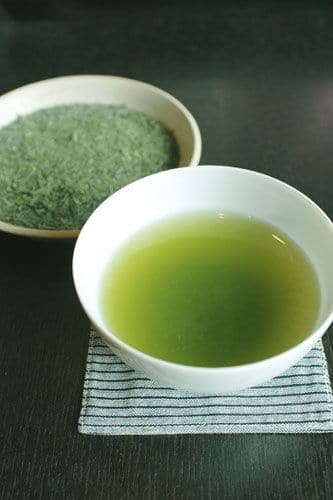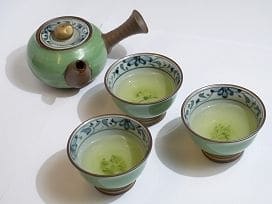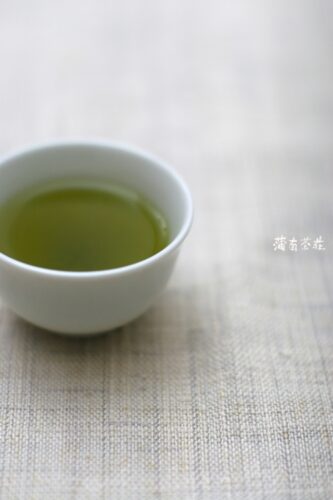
Have you ever noticed sediment settling at the bottom of your matcha tea?
The sediment you see is often the result of undissolved matcha powder, which can occur due to improper brewing methods. High-quality matcha powder is finely ground and requires the right technique to fully dissolve in hot water. Simply stirring with a spoon may not be enough; using a traditional tea whisk, known as a “Chasen,” helps to properly dissolve the powder, ensuring a smooth, well-blended tea. If you don’t have a Chasen, alternatives like a check cylinder or even a hand whisk can also help.

In some cases, however, after brewing, you may find that the matcha separates and settles at the bottom of the cup over time. It’s important to note that natural sediment in tea is common and not harmful to the body. Many matcha tea bottles even include a note stating that “natural sediment may occur,” which assures consumers that this is normal.


On the other hand, if a tea shop’s matcha doesn’t form any sediment, it might raise questions about the authenticity of the product. Some businesses may use lower-quality green tea powder, tea bags, or pre-made mixes, which may result in a less-than-optimal brewing experience and a reduced cost for raw materials

In addition to sediment at the bottom of the cup, you might also notice floating tea leaves or tea waste on the surface of the brew. This can be caused by minerals like calcium and bicarbonate in the water. Typically, these particles are more prevalent in highly concentrated teas. However, consuming tea with small amounts of sediment (less than 1 milligram) is safe and poses no health risks to the drinker.
Sources:
https://japanesegreenteaonline.com/
https://www.stylecraze.com/trending/tea-drinks-for-weight-loss/
http://www.honannchasou.net/shihou_18.html
